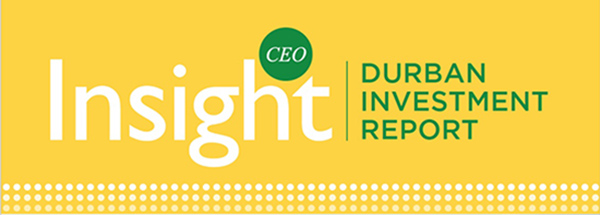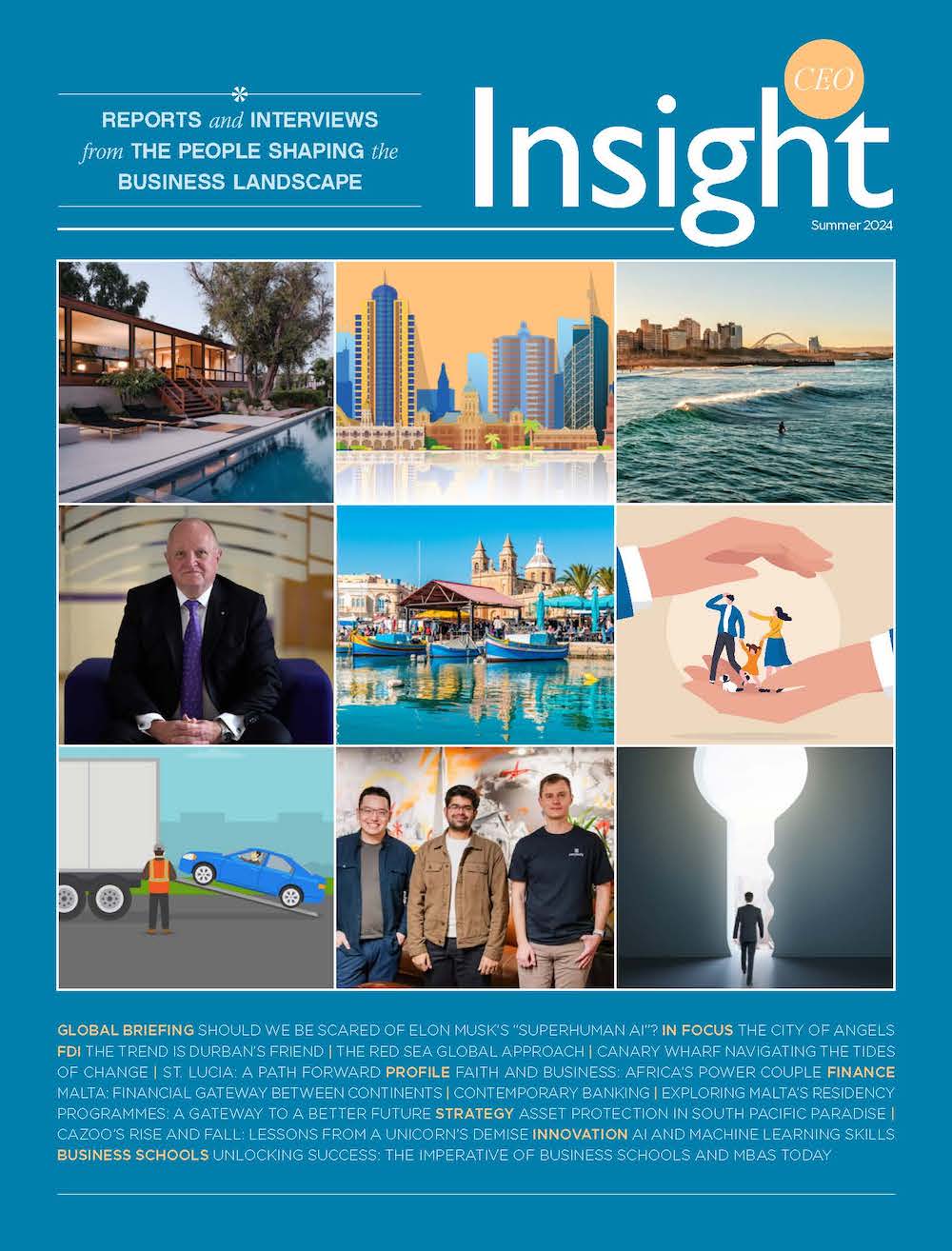Climate Change: Transforming Sustainability in Business
Share

Under mounting pressure from the UK government, firms are embracing greener, more sustainable practices. Meanwhile, global financial markets increasingly focus on Environmental, Social and Governance (ESG) issues, as sustainability efforts become a top priority among regulators, asset owners, investors and companies alike.
However, despite increased international attention and threats including operational impact, reputational damage and regulatory uncertainty, many companies are still hesitant to make significant headway to address climate change. While a short-term lapse in prioritising climate change was expected owing to the enormous business continuity efforts during the Covid-19 pandemic, directors can’t afford to take their eye off the ball.
Increased corporate resolve is critical for the longer-term actions that are required in 2022. Business leaders are re-examining their organisations’ purposes and priorities, and leading companies are taking action to reduce emissions and become more resilient to inevitable climate impacts.
“Businesses must address climate change with a fresh approach in 2022, one that places sustainability above turnover.”
The Sustainability Gap
As more companies commit to long-term targets for a net zero carbon future, the pressure is on to report progress to shareholders and the wider business world. But an increase in reporting does not automatically equate to improvements in key ESG areas, and increased emphasis on reporting might even divert attention away from other, more impactful changes that need to be made. Reporting on subjects outside financials doesn’t change much on its own, especially when companies are solely fixed on what drives financial performance.
In his book, Rethinking Corporate Sustainability in the Era of Climate Crisis, A Strategic Design Approach, Raz Godelnik talks about the gap between companies’ increasing focus on sustainability and how the nominal change produced is driven by their approach. It is ‘sustainability as usual.’ Not surprisingly, the result of ‘sustainability as usual’ is inadequate, translating to too little, too slow. For example, Starbucks’ decision to eliminate plastic straws globally by 2020 sounded like a worthy effort. Starbucks uses more than 1 billion straws every year – and it can cause a ripple effect with more companies following suit. It was a good move, but it wasn’t not good enough. Godelnik urges companies to rethink their approach and offers a pathway for change.
What is an alternative to ‘sustainability as usual’? How can motivated companies move beyond the status quo and create inspiring change as it relates to the climate crisis? Godelnik wants companies to build on a new vision that he describes as ‘awakened sustainability.’ Fundamentally, sustainability considerations should top everything else, according to Raz. As a result, instead of making the business case of sustainability, companies will start making the sustainability case of business. In short, planet over profit is best for business.
“Business leaders also understand that today’s consumers—especially millennials and Gen Zs—are looking for more than transactional relationships with companies.”
Godelnik’s vision of ‘awakened sustainability’ comprises of three components – a new mental model (sustainability first, NOW), content (sustainability principles that are grounded in science), and context (social justice and regenerative design). This new model can transform the current power dynamics between profit making and sustainability. Instead of companies’ economic considerations of profit maximization surpassing those of sustainability, sustainability considerations come first.
Early Indicators of Change
The world’s seven largest advanced economies will halt global financing of coal projects that emit carbon by December 2021, and will phase out support for all fossil fuels, aiming to meet globally agreed climate change targets. This is a major step to limit the rise in global temperatures to 1.5 degrees Celsius above pre-industrial times, which scientists say would avoid the most devastating impacts of climate change. Additionally, innovative companies integrate sustainable supplier relationships into their sustainability strategy. Climate action is attached to collaboration – companies need to work together with their suppliers and customers to make any real change.
Business leaders also understand that today’s consumers—especially millennials and Gen Zs—are looking for more than transactional relationships with companies. Whether they’re buying laptops or Levi’s, consumers increasingly demand that businesses do their part to reduce their environmental impact. Investors are moving on from merely encouraging companies to take bolder action on climate change. They demand a more tangible approach. Fidelity announced that it would vote against corporate directors whose companies don’t disclose their emissions or have a policy on climate change.
The latest plans to tackle climate change over the next decade fall short in averting a dangerous rise in global temperatures, according to a recent United Nations report, so changes in regulations and policy will also help fast track the switchover from the ‘sustainability as usual’ to the ‘awakened sustainability’ approach. More stringent guidelines and protocols are needed to avert the climate crisis.
A sustainable business adheres to the triple bottom line, a term coined in 1994 by John Elkington, the founder of a British consultancy called SustainAbility. The three components of the triple bottom line are profits, people, and the planet. A sustainable business earns profits by being socially responsible and protecting our use of the planet’s resources. Looking back on the last couple of decades, everything has changed, yet everything has remained the same.
Now is the time for businesses to become part of the solution. Now is the time to cut down on emissions and waste and contribute to cultivating a liveable planet. Now is the time to build bridges between radical thinking and practicality. Now is the time to say goodbye to sustainability as usual, and make space for a new kind of sustainability, awakened sustainability.



























